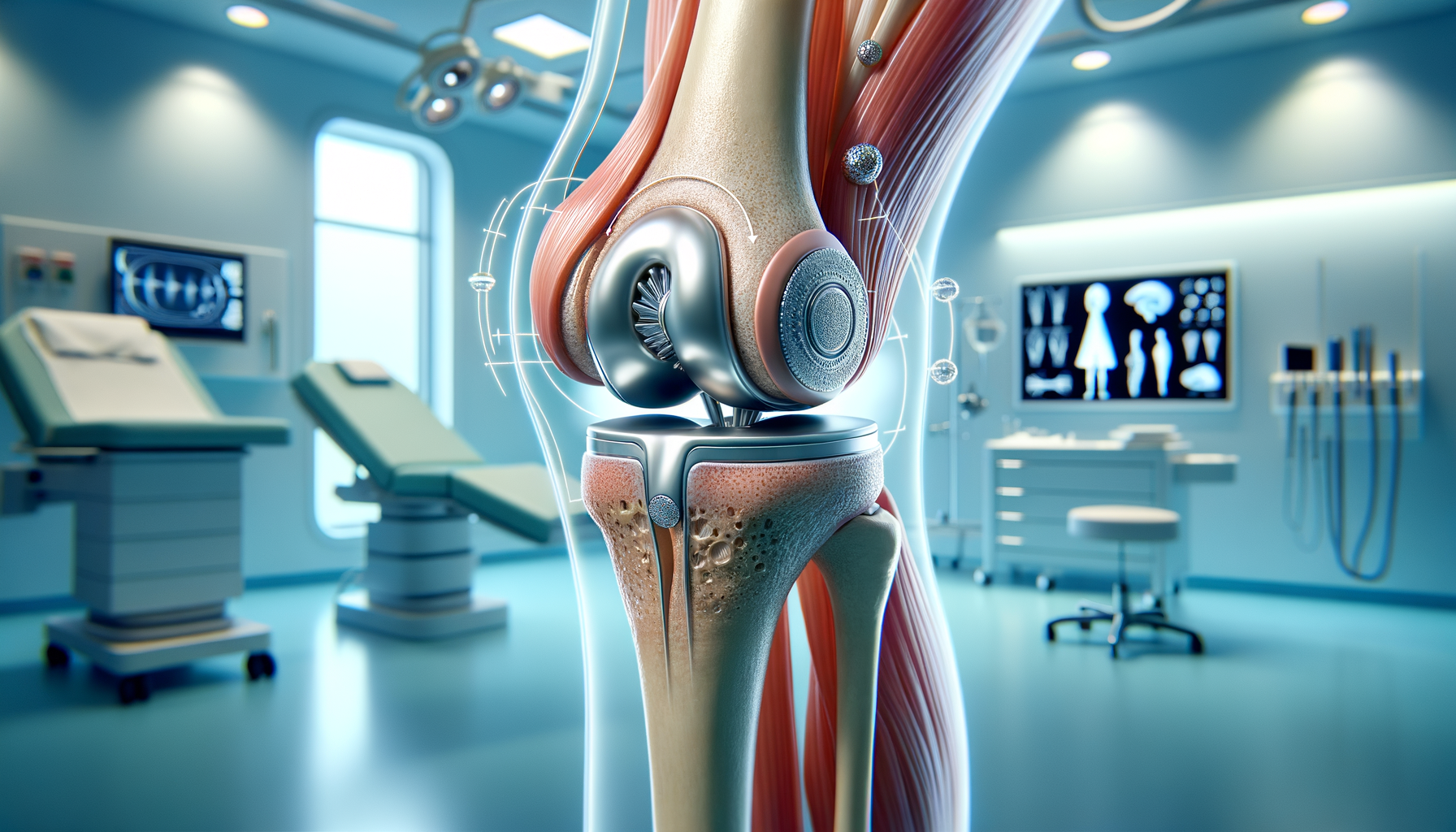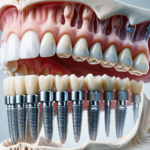Introduction to Knee Replacement
Knee replacement surgery has become a beacon of hope for many individuals who struggle with chronic knee pain. As our bodies age or endure injuries, the wear and tear on our joints can become debilitating. This guide aims to provide a comprehensive overview of knee replacement, offering valuable insights into the procedure, preparation, and recovery. Understanding the intricacies of this surgery can empower patients to make informed decisions and lead a more active, pain-free life.
Understanding the Knee Replacement Procedure
Knee replacement, also known as knee arthroplasty, involves replacing damaged surfaces of the knee joint with artificial components. The procedure is typically recommended for those with severe osteoarthritis or other degenerative joint diseases. During the surgery, the surgeon removes the damaged cartilage and bone, replacing it with metal and plastic components that mimic the knee’s natural movement.
There are two main types of knee replacement: total knee replacement and partial knee replacement. Total knee replacement involves replacing the entire joint, while partial knee replacement targets only the affected part of the knee. Each type has its own set of benefits and considerations, which should be discussed thoroughly with a healthcare provider.
Advancements in medical technology have made knee replacement surgery more effective and less invasive than ever before. Minimally invasive techniques, for example, allow for smaller incisions and faster recovery times, making the procedure more accessible and less daunting for patients.
Preparing for Knee Replacement Surgery
Preparation is a crucial step in ensuring a successful knee replacement surgery. Patients should start by discussing their medical history and current medications with their surgeon, as certain medications may need to be adjusted or discontinued prior to surgery. Additionally, pre-operative physical therapy can be beneficial in strengthening the muscles around the knee, which can aid in a smoother recovery.
It’s also important to prepare your home for post-surgery recovery. This might include arranging for help with daily activities, setting up a comfortable recovery area, and ensuring that your home is free of tripping hazards. Having a solid support system in place can significantly ease the transition from hospital to home.
Patients should also be mindful of dietary considerations and maintain a healthy lifestyle leading up to the surgery. Proper nutrition can promote healing and reduce the risk of complications during recovery.
The Recovery Process
Recovery from knee replacement surgery varies from person to person, but there are common milestones that patients can expect. Initially, patients may experience pain and swelling, which can be managed with prescribed medications and ice therapy. Physical therapy plays a critical role in recovery, helping to restore strength and mobility to the knee.
Most patients are encouraged to start moving the knee soon after surgery to prevent stiffness and promote circulation. Walking aids such as crutches or walkers may be necessary initially, but patients typically progress to walking unaided as they regain strength.
Consistent follow-up appointments with the healthcare provider are essential to monitor progress and address any concerns. It’s important for patients to adhere to their rehabilitation plan to achieve the best possible outcome.
Potential Risks and Complications
As with any surgical procedure, knee replacement surgery carries potential risks and complications. These can include infection, blood clots, and implant loosening or failure. However, with proper care and adherence to medical advice, the likelihood of these complications can be minimized.
Patients should be aware of the signs of complications, such as increased pain, swelling, or redness around the surgical site, and report them to their healthcare provider promptly. Early detection and intervention can prevent more serious issues from developing.
Despite the risks, knee replacement surgery boasts a high success rate, with many patients experiencing significant pain relief and improved mobility. Understanding the potential risks and maintaining open communication with healthcare providers can help ensure a successful outcome.
Conclusion: Embracing a New Chapter
Knee replacement surgery can be a life-changing procedure for those suffering from chronic knee pain. By understanding the procedure, preparing adequately, and committing to a thorough recovery plan, patients can look forward to a future with improved mobility and quality of life. This comprehensive guide has aimed to equip you with the knowledge needed to make informed decisions about knee replacement surgery, empowering you to take control of your health and embrace a new chapter of activity and comfort.








